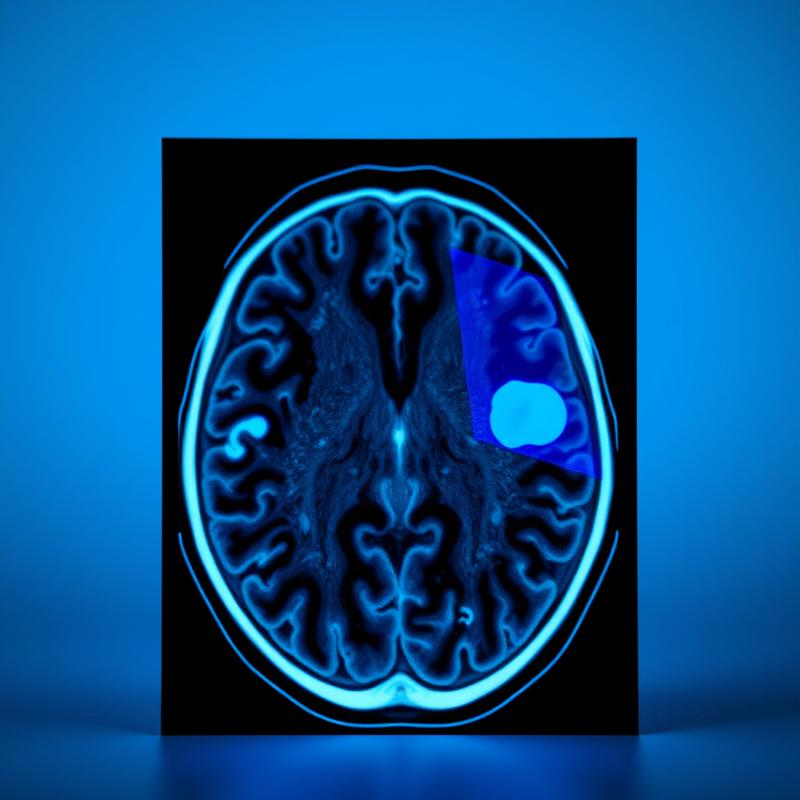Precise medical image annotation is vital for reliable research, directly impacting patient care and driving medical advancements.
Accurate annotations enhance machine learning models, leading to better diagnoses and improved treatment strategies.
Introduction:
Ever felt like you were searching for a needle in a haystack, trying to make sense of complex medical images? Getting the right diagnosis often hinges on accurate information, and that’s where medical image annotation comes in. It’s the backbone of medical research, helping doctors understand the intricacies of our bodies and develop life-saving treatments. But what happens when those annotations are wrong? The consequences are far-reaching, potentially leading to misdiagnosis and hindering medical progress. So, let’s explore the crucial role of accurate medical image annotation, especially when it comes to MRI scans, and why it’s a cornerstone of the future of healthcare.
The Silent Roadblock in Medical Research: Why Accurate Image Annotation Matters
Imagine this: years of research, countless hours poured over data, all culminating in a groundbreaking medical discovery. Now imagine that this discovery is flawed, the results skewed due to inaccuracies in the very foundation of the research: medical image annotation.
This isn’t some far-fetched scenario. It’s a very real concern in the world of medical research. The promise of AI and machine learning in healthcare hinges on the quality of data used to train these powerful algorithms. And that’s where medical image annotation comes in – the often unseen but absolutely critical process of labeling medical images to teach machines how to “see” and interpret them.
Without accurate annotations, research results can be misleading, potentially hindering medical progress and impacting patient care.
The Future of Healthcare: Where Does Annotation Fit In?
The future of healthcare is inextricably intertwined with advancements in AI and machine learning. These technologies hold the potential to revolutionize how we diagnose, treat, and manage diseases.
However, this future hinges on the availability of high-quality, accurately annotated medical imaging data. Investing in robust annotation processes and partnering with experienced providers is no longer optional – it’s essential.
As we stand on the cusp of a new era in healthcare, ensuring the accuracy and reliability of medical image annotation is not just about improving algorithms; it’s about safeguarding the future of patient care and medical research.
Conclusion:
So there you have it. Accurate medical image annotation isn’t just about pixels and labels – it’s about lives. It’s about ensuring research leads to real breakthroughs, diagnoses are precise, and treatments are effective. Remember, every annotated image is a step towards a healthier future. Let’s keep pushing for the best, and make sure the data we use is as good as the care we provide.
